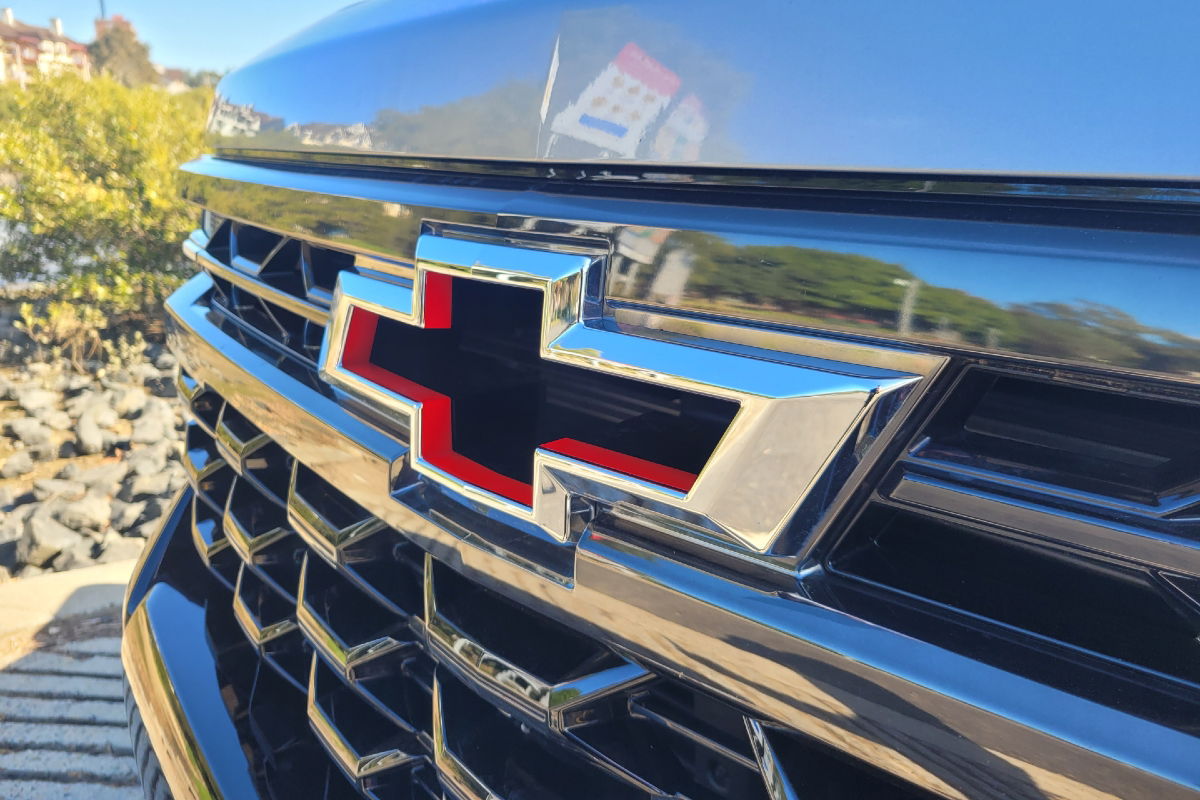

Mercedes trackside engineering director Andrew Shovlin believes the initial recent trial of a spray guard on F1 cars highlighted areas of concern the FIA is now seeking to address.
Motorsport’s world governing body is looking at a solution to a problem that has long plagued open-wheel cars during wet weather.
Depending on the severity of the rain, visibility, and in turn, safety, has always been a concern. Races have also been delayed, or in the case of the infamous 2021 Belgian Grand Prix, cut dramatically short after a few laps behind the safety car.
Following intense work behind the scenes at the FIA, an embryonic concept was trialled by Mercedes at Silverstone a few days after the British Grand Prix, with McLaren assisting by providing a car to follow behind.
Shovlin’s early assessment is that “there’s more work to do on them”.
He added: “It’s a problem that it would be useful to have a solution for because I think the teams, and certainly the fans, hate it if a race can’t go ahead because the conditions are too difficult.
“But they’re not ready to be moved into production and regulation at the moment. So there’s definitely work to do.
“They do improve the spray that you get from the tyres, but you still get a lot coming from the diffuser, in the way that the rear wing’s pulling it up. That’s all very powerful.
“But you know, interesting first steps, and we’re providing the car and some bits to do that development.
“It’s the FIA’s project to decide where that goes next and what happens in the future.”
The project now reverts back to the FIA’s technical department to fine-tune the product.
An FIA spokesperson said the test allowed the organisation “to assess the concept and inform the future development pathway”.
They added: “The track test generated valuable CFD correlation data, alongside driver feedback, both of which will be used to refine both the methodology and design for phase two.”
Speedcafe has learned that after starting work on the design in November last year, it is hoped the second edition of the spray guard can be tested in the autumn, albeit dates are limited given the packed race calendar.
The guards come in kit form and are detachable. Depending on the conditions at any given time, teams would be informed ahead of a race whether they needed to be attached, or attached during a red-flag period in a race.
McLaren team principal Andrea Stella feels the project has become “a high-priority topic on the motorsport agenda”.
He added: “First of all, let me remark how important it is that the FIA has taken the initiative to look at how we can improve the situation with the visibility associated with the spray. We welcome this initiative and we’re happy to support the FIA.
“It looks like we could acquire quite a lot of data that were important to validate the models because you do a lot of the design based on the development models, especially computer simulation.”
Like Shovlin, highlighting areas that need addressing, Stella said: “I’m sure through the practicality of the tests, you could learn like, can these devices stay on all the time? What is the implication for pit stops, and so on?
“So, a very important step in trying to improve the situation with the spray.”






















Discussion about this post